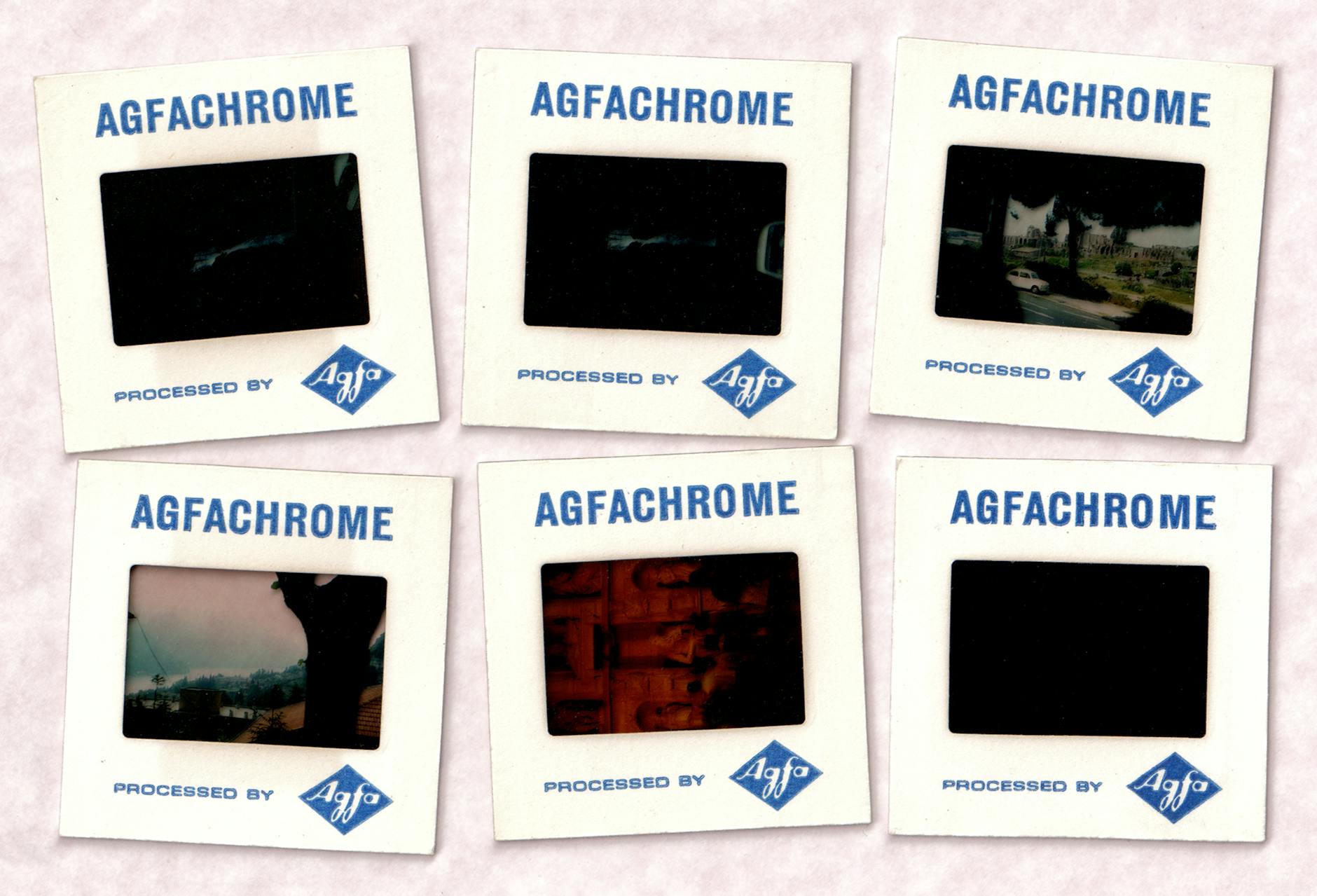These routers do support logging, but you have to mutter strange incantations to the Mac OS X (revealing its Unix roots), then point the Airport Extreme with the Airport Utility to the IP address of your machine…according to Mintel:
Change syslogd configuration
# echo "local0.notice /var/log/airport.log" >> /etc/syslog.conf
Touch the logfile
# touch /var/log/airport.log
Change syslogd startup procedure
At the end of the file, uncomment the part to accept remote logging.
# cat /System/Library/LaunchDaemons/com.apple.syslogd.plist
<?xml version="1.0" encoding="UTF-8"?>
<!DOCTYPE plist PUBLIC "-//Apple Computer//DTD PLIST 1.0//EN" "http://www.apple.com/DTDs/PropertyList-1.0.dtd">
<plist version="1.0">
<dict>
<key>Label</key>
<string>com.apple.syslogd</string>
<key>OnDemand</key>
<false/>
<key>ProgramArguments</key>
<array>
<!--
Un-comment the following lines to run syslogd with a sandbox profile.
Sandbox profiles restrict processes from performing unauthorized
operations; so it may be necessary to update the profile
(/usr/share/sandbox/syslogd.sb) if any changes are made to the syslog
configuration (/etc/syslog.conf).
-->
<!--
<string>/usr/bin/sandbox-exec</string>
<string>-f</string>
<string>/usr/share/sandbox/syslogd.sb</string>
-->
<string>/usr/sbin/syslogd</string>
</array>
<key>MachServices</key>
<dict>
<key>com.apple.system.logger</key>
<true/>
</dict>
<key>Sockets</key>
<dict>
<key>AppleSystemLogger</key>
<dict>
<key>SockPathName</key>
<string>/var/run/asl_input</string>
<key>SockPathMode</key>
<integer>438</integer>
</dict>
<key>BSDSystemLogger</key>
<dict>
<key>SockPathName</key>
<string>/var/run/syslog</string>
<key>SockType</key>
<string>dgram</string>
<key>SockPathMode</key>
<integer>438</integer>
</dict>
<!--
Un-comment the following lines to enable the network syslog protocol listener.
-->
<key>NetworkListener</key>
<dict>
<key>SockServiceName</key>
<string>syslog</string>
<key>SockType</key>
<string>dgram</string>
</dict>
</dict>
</dict>
</plist>
Restart syslogd
# launchctl unload /System/Library/LaunchDaemons/com.apple.syslogd.plist
# launchctl load /System/Library/LaunchDaemons/com.apple.syslogd.plist
Open the firewall
Go the the System Preferences, click Security, open the Firewall tab and click the+. Select the file /usr/bin/syslog.
If you are unable to select the /usr directory, try this hack by opening a terminal and typing:
$ cd
$ ln -s /usr/bin
$ ln -s /usr/sbinNow you can select the file (in your home directory) ./bin/syslog and ./sbin/syslogd






